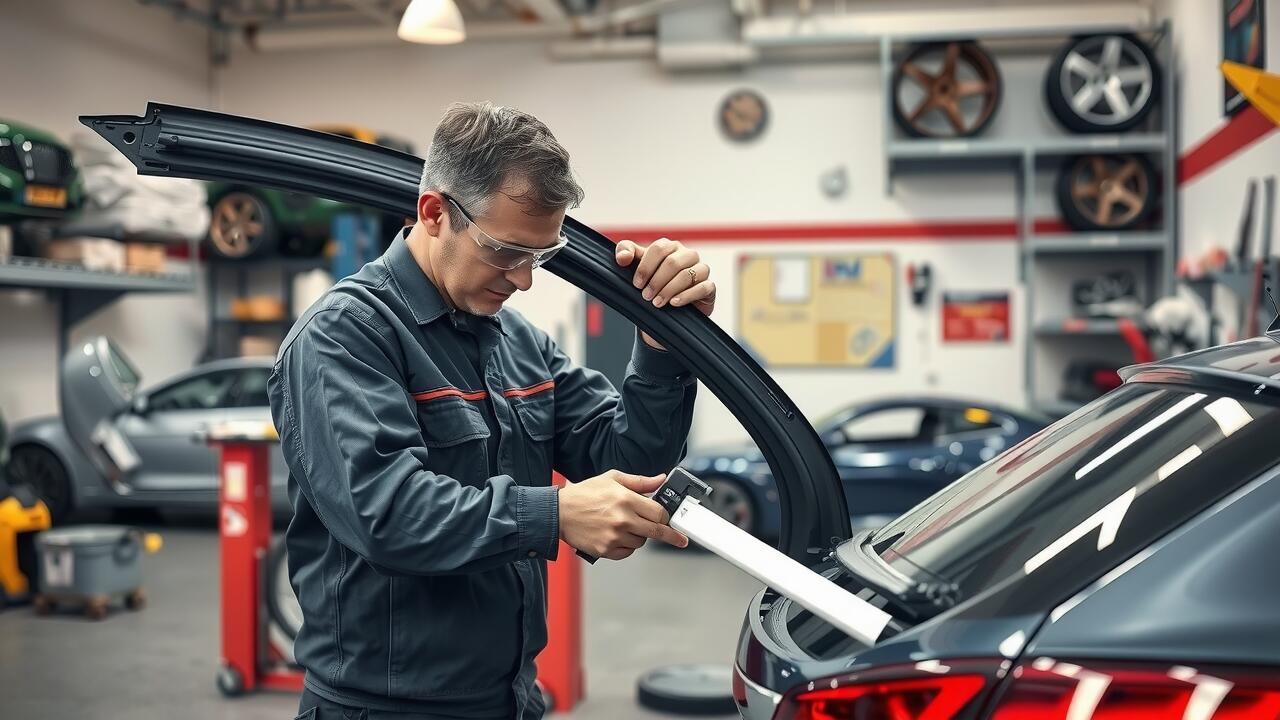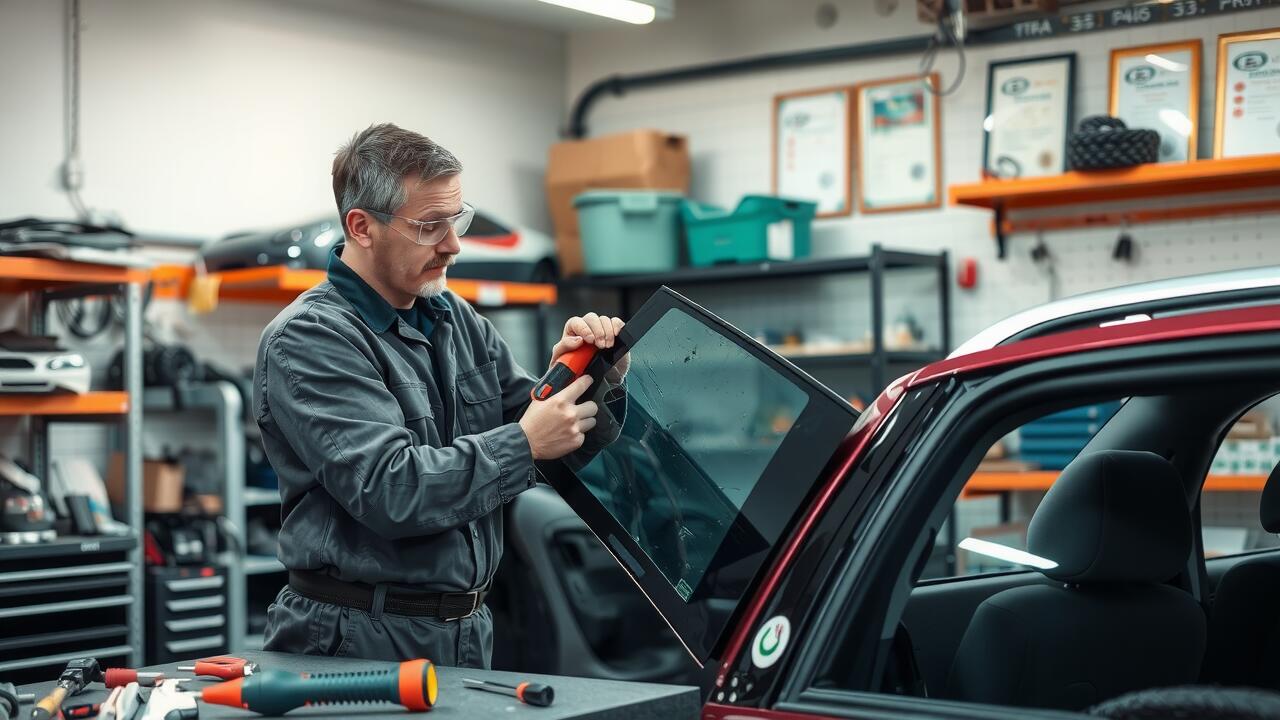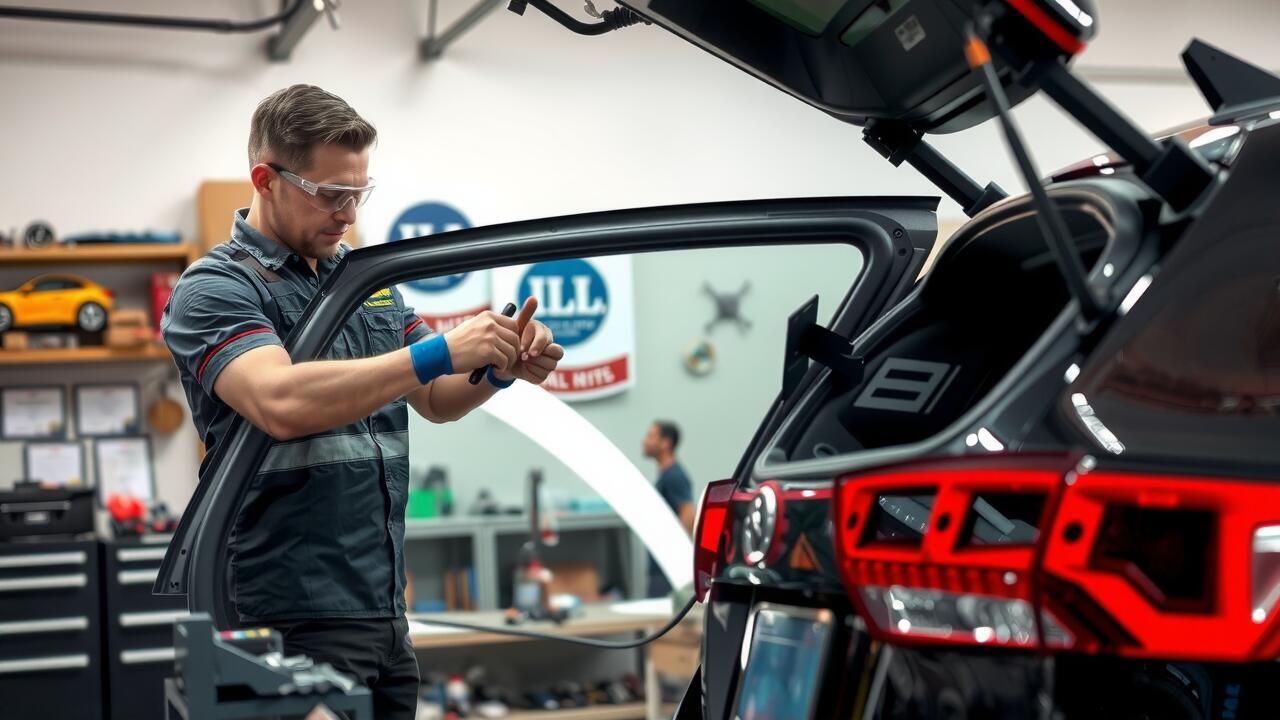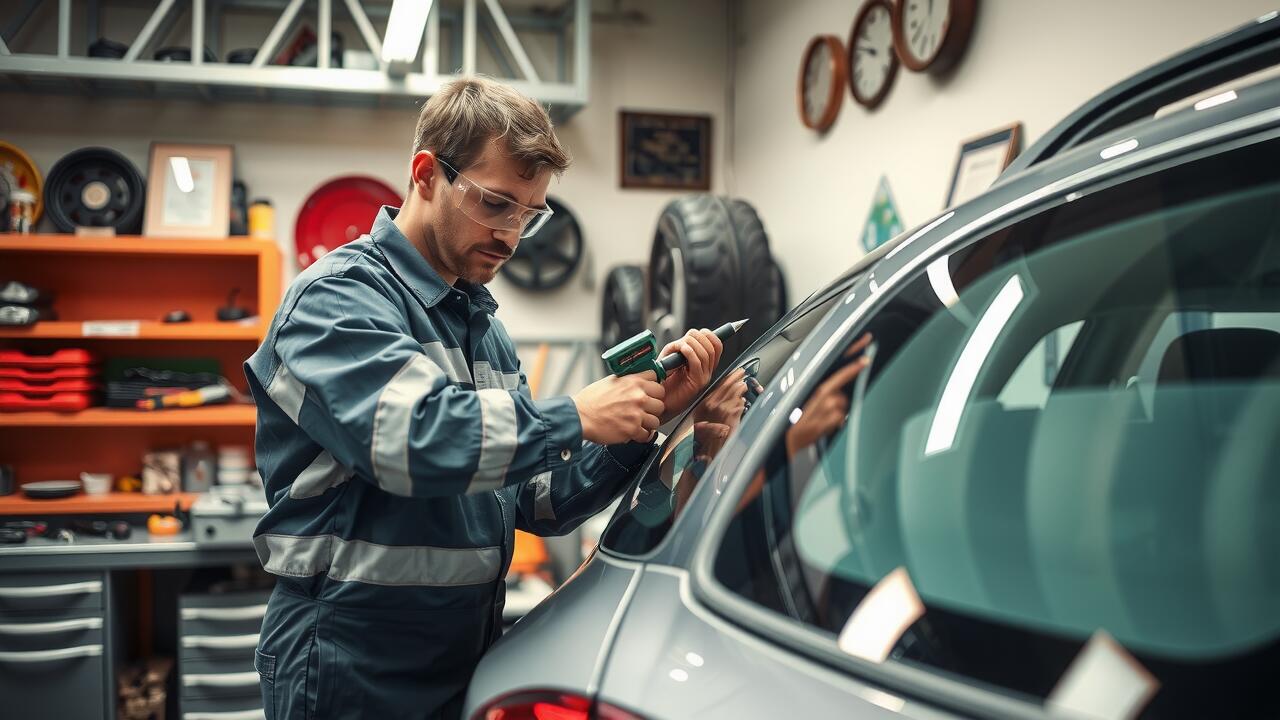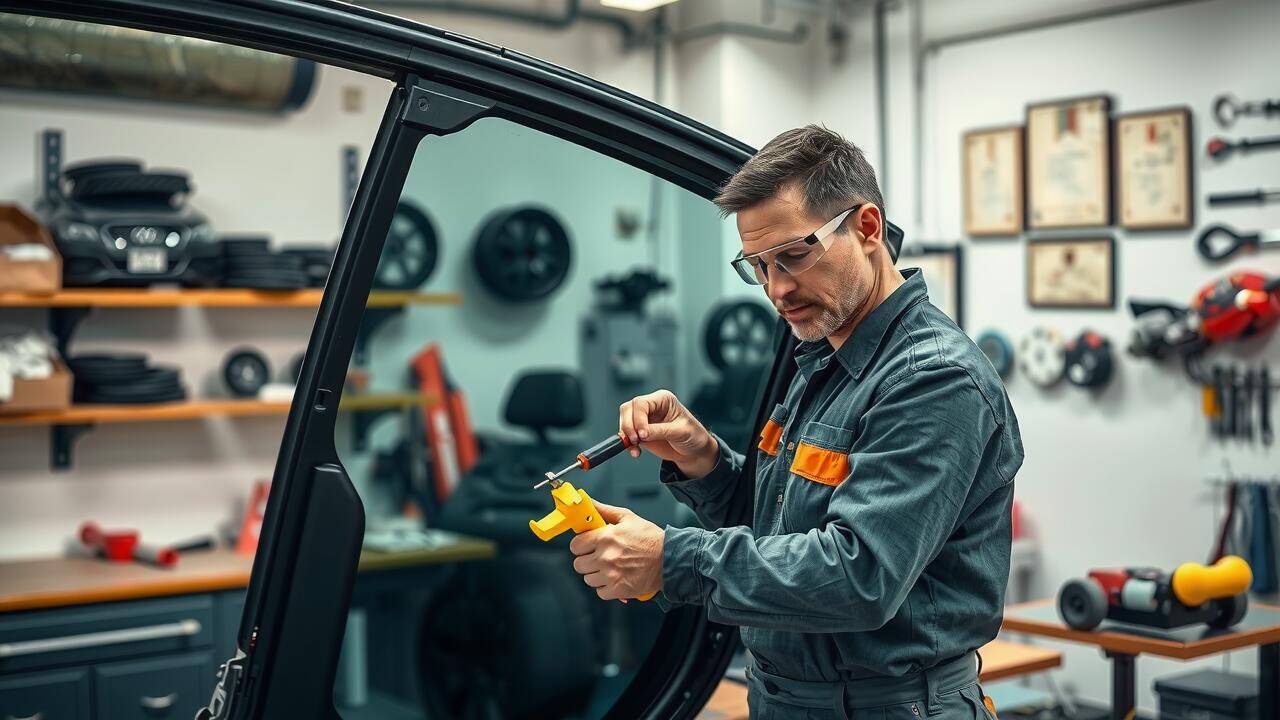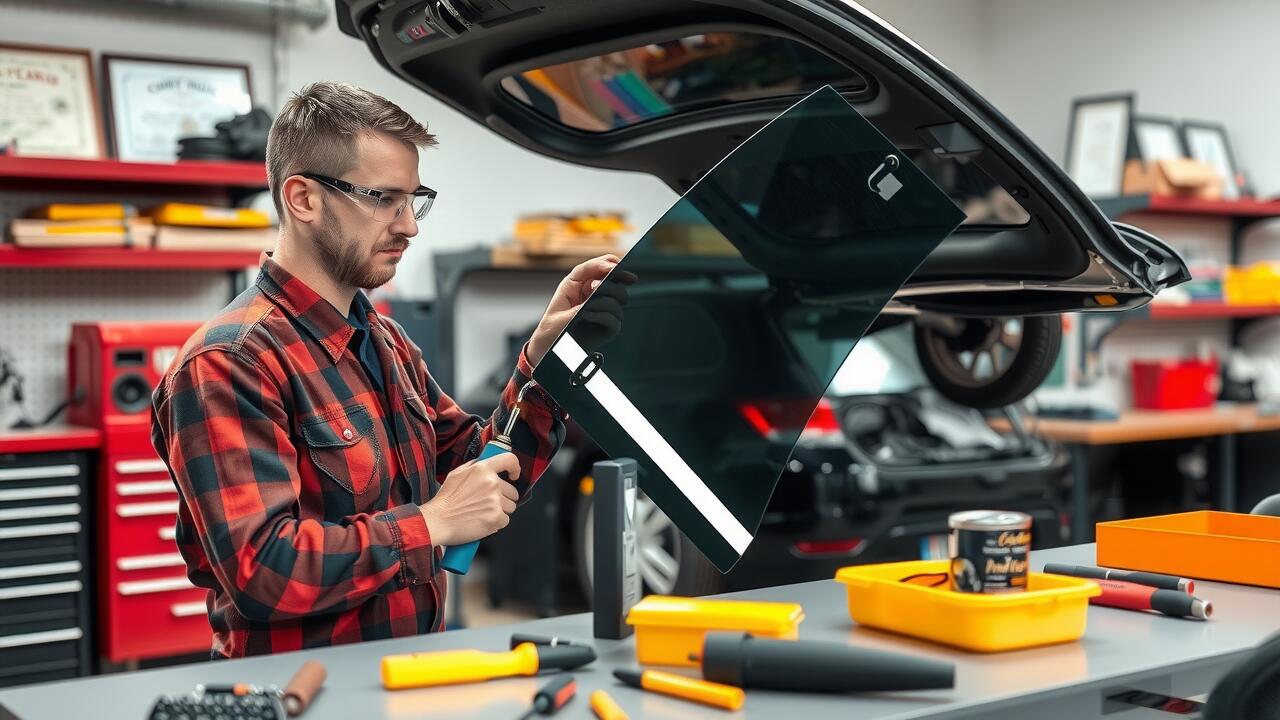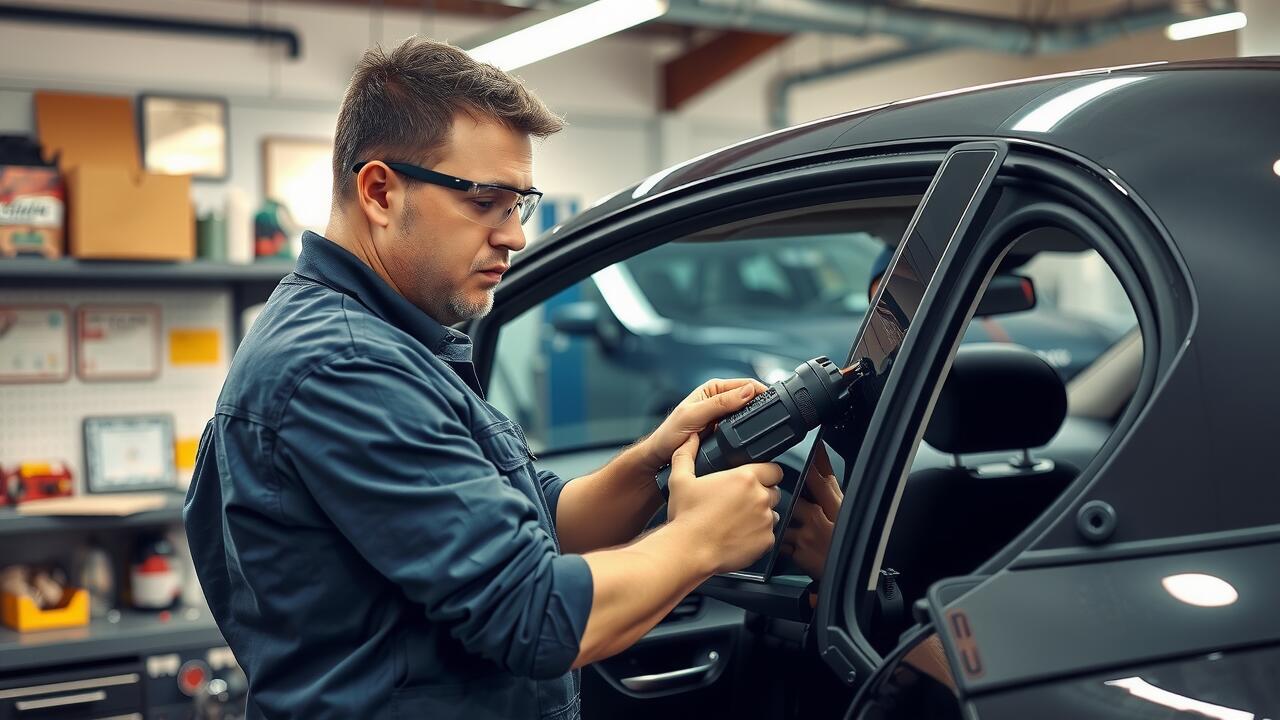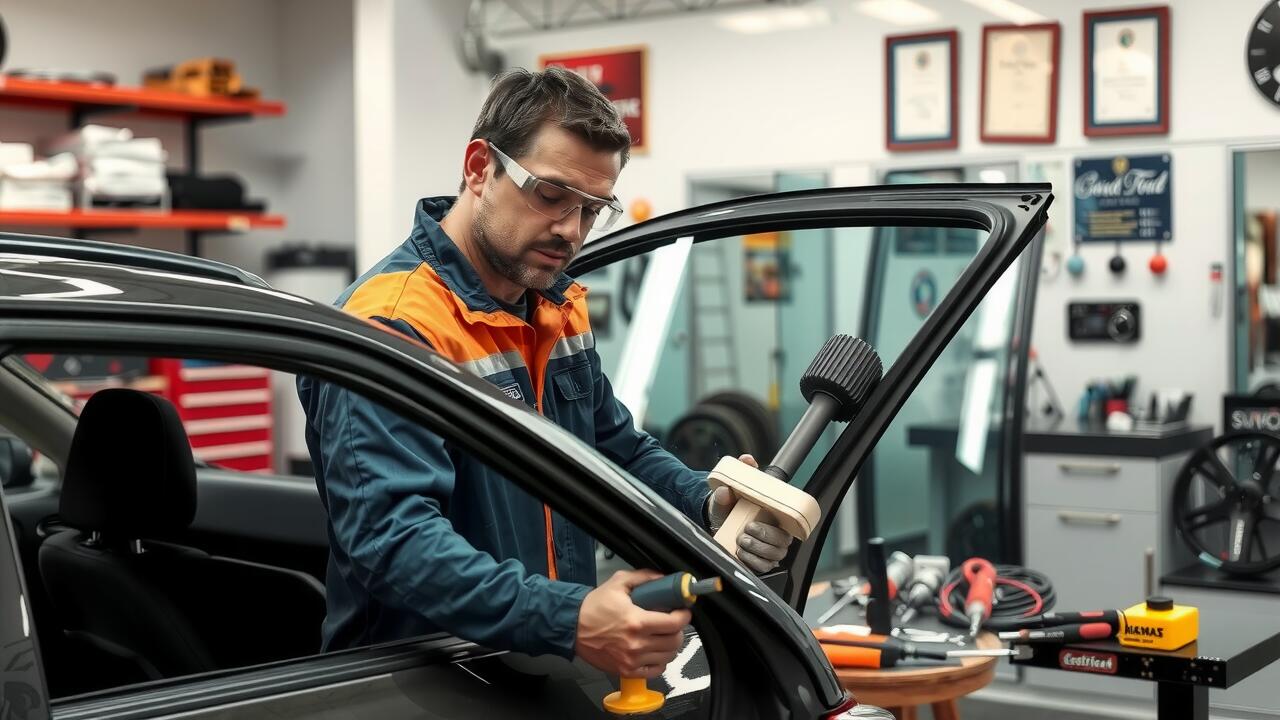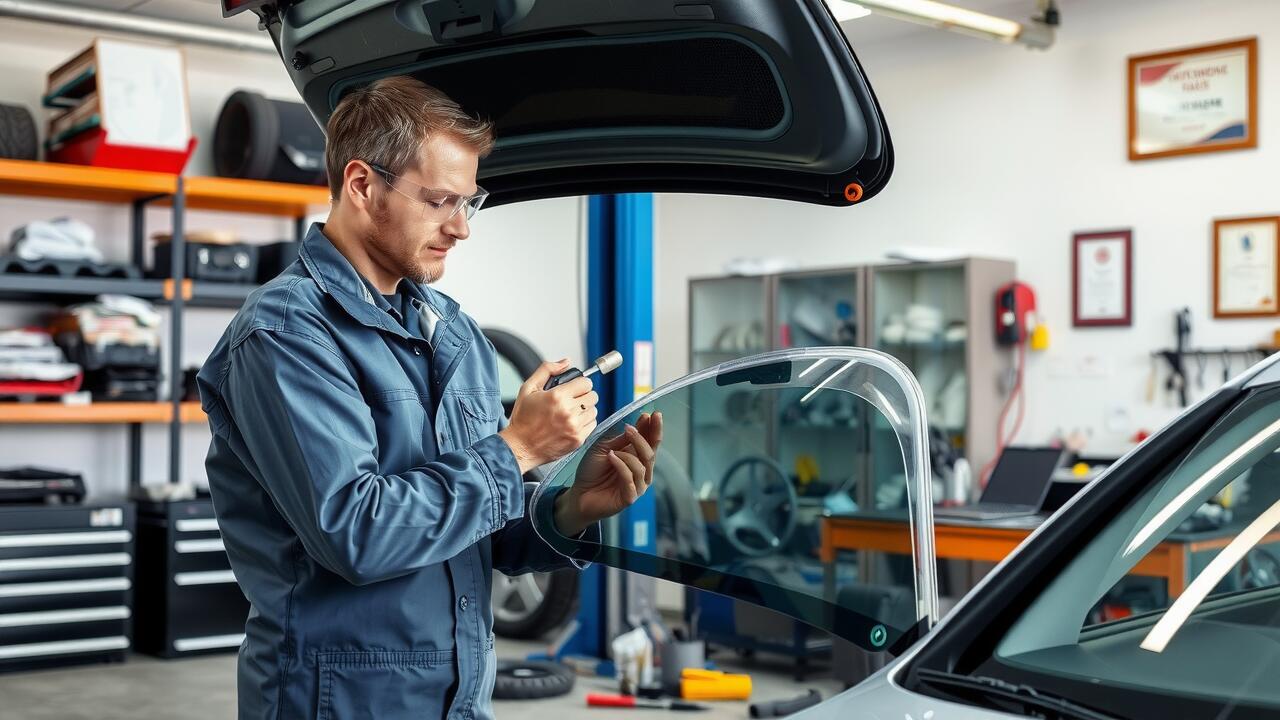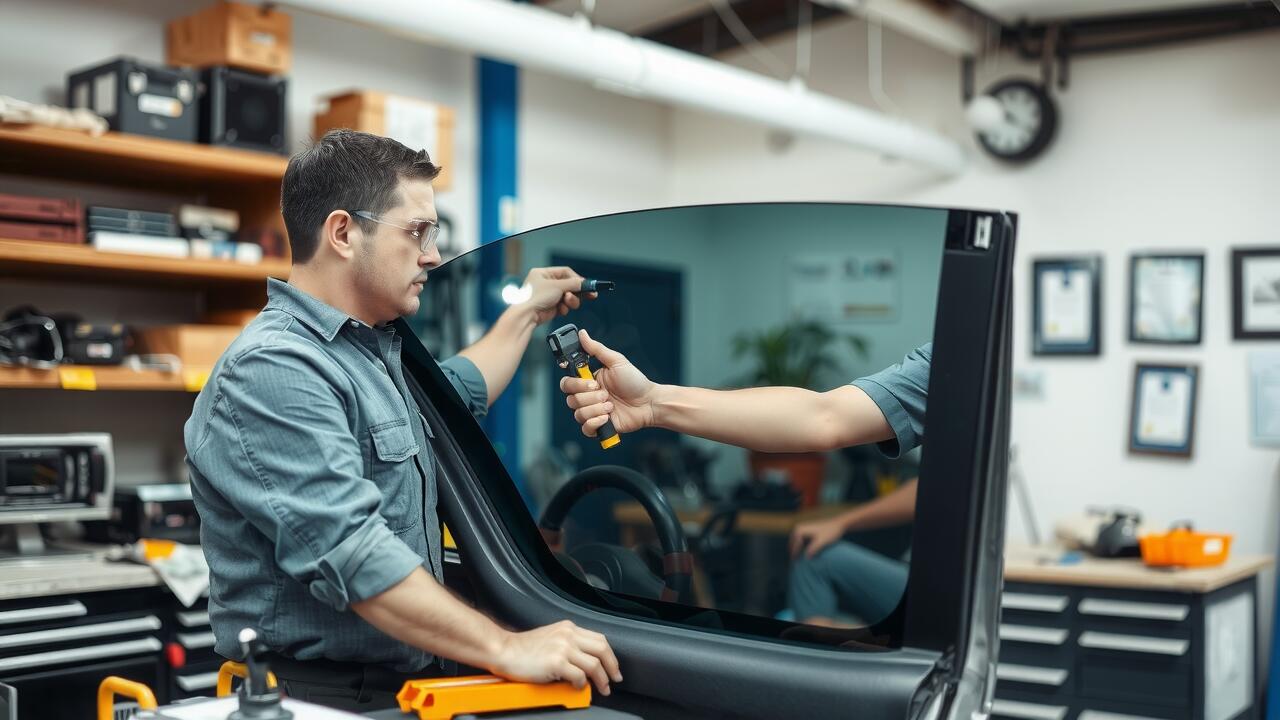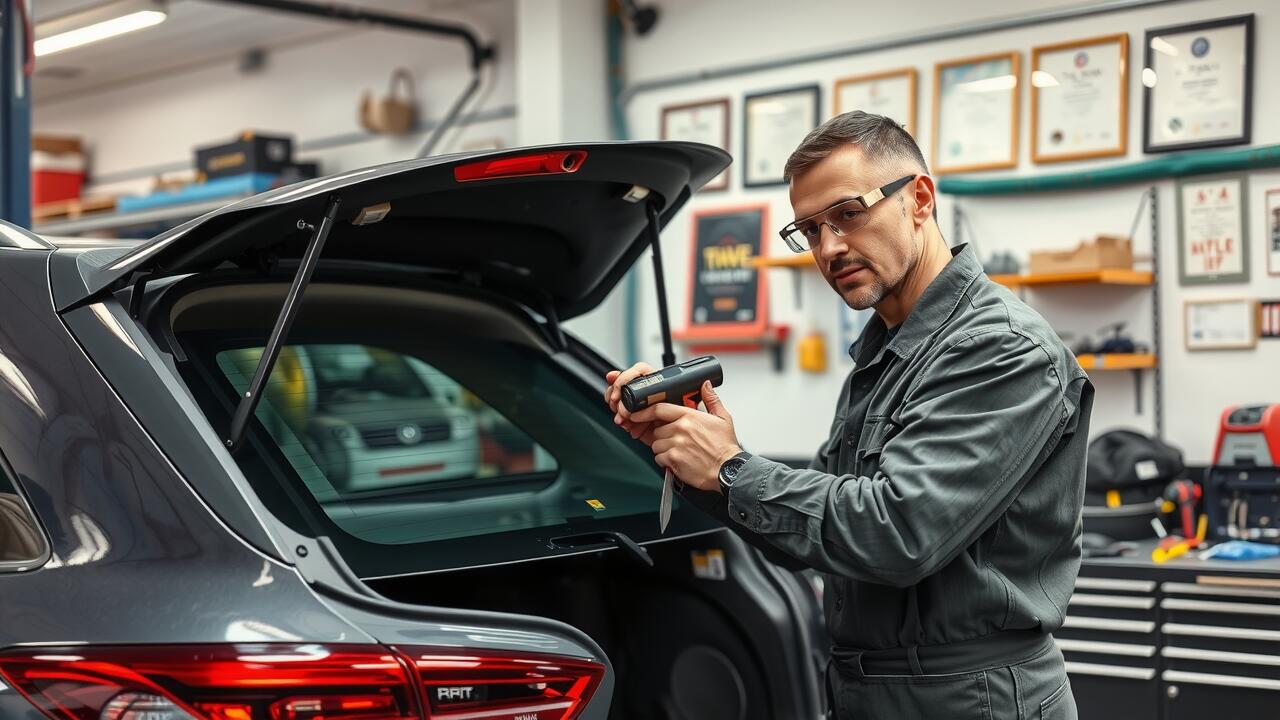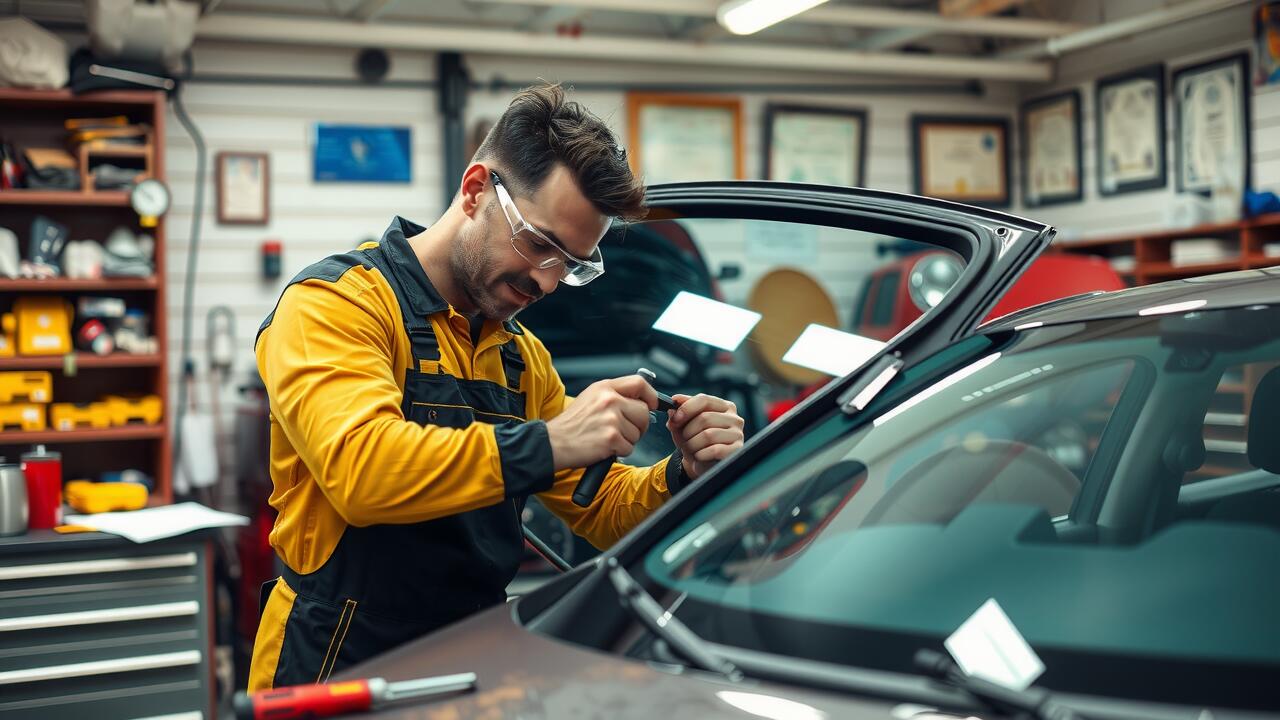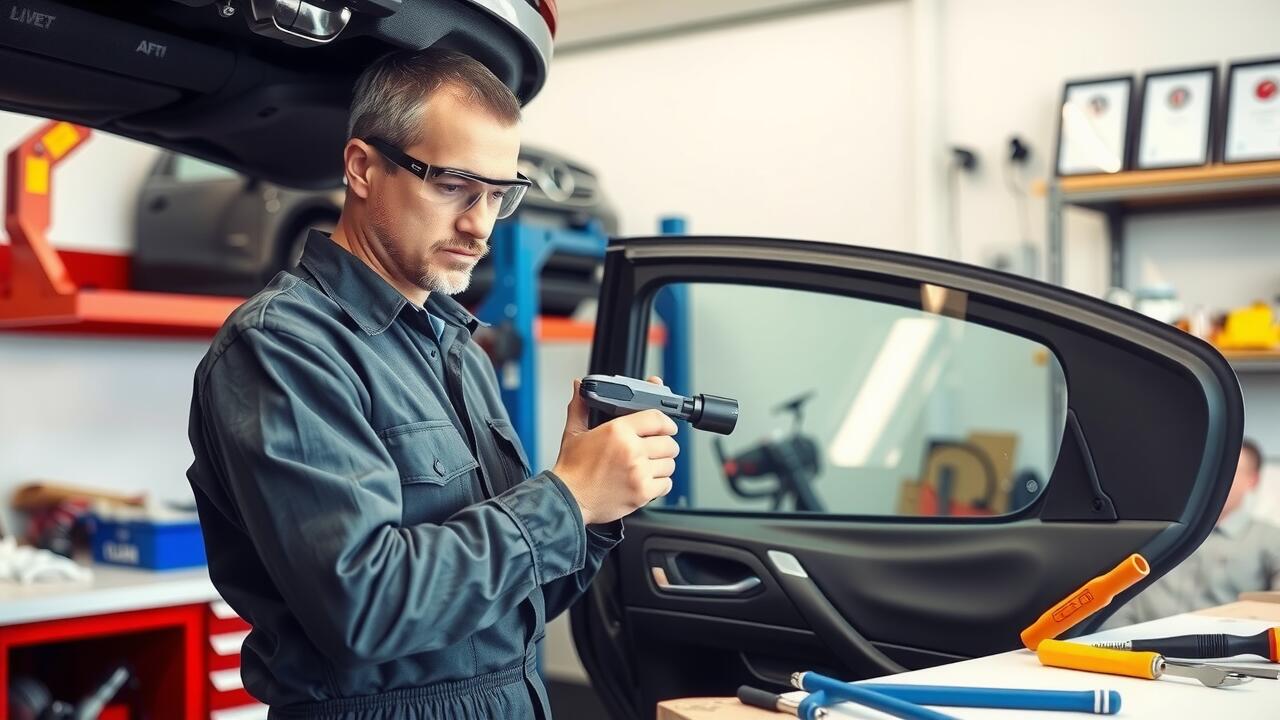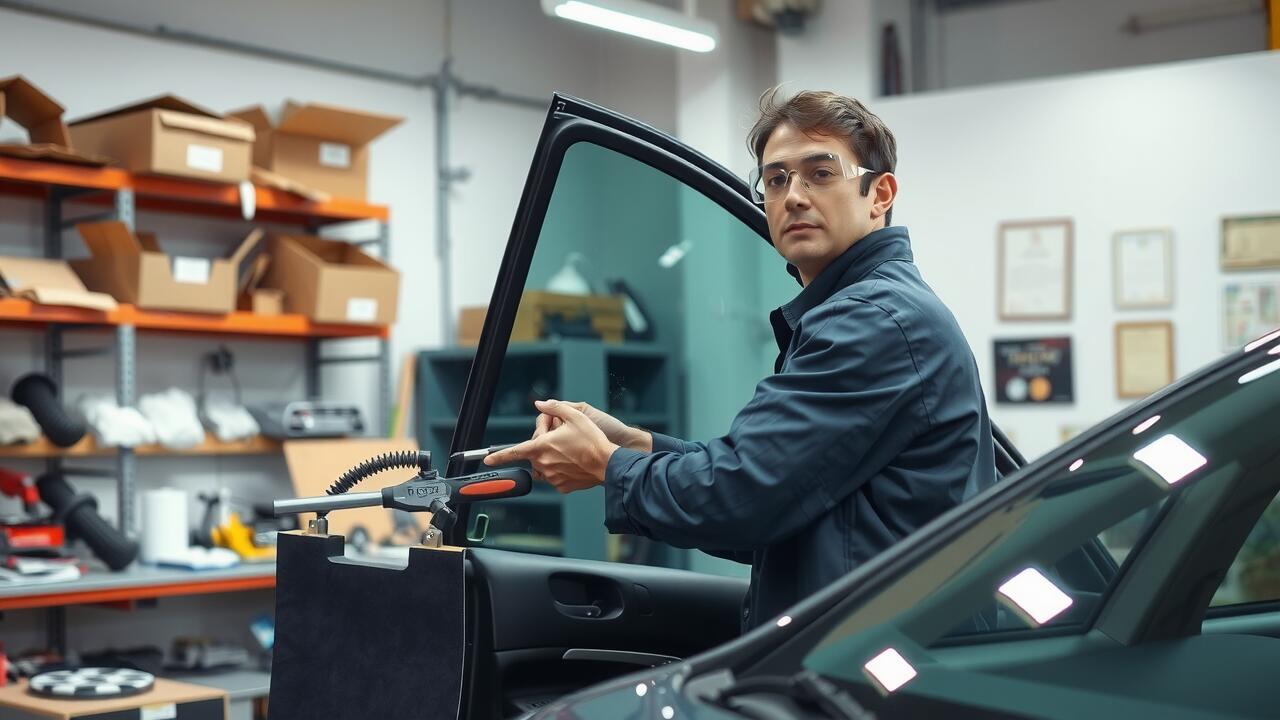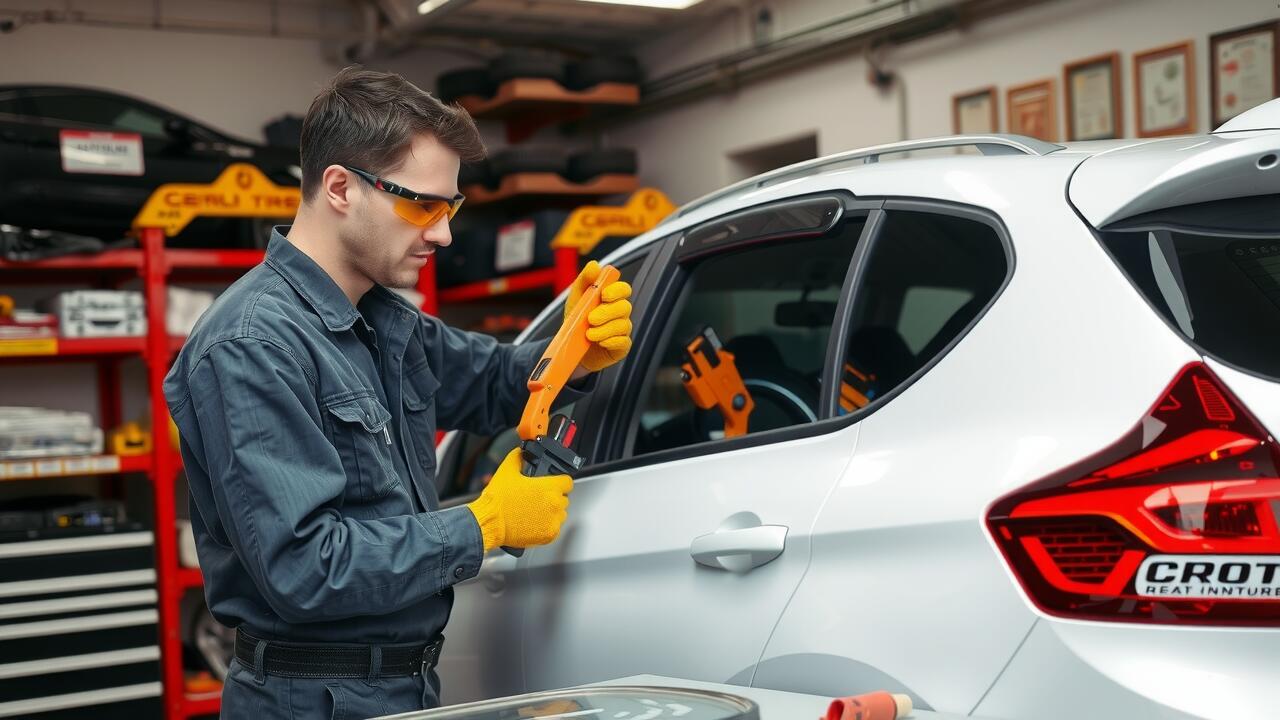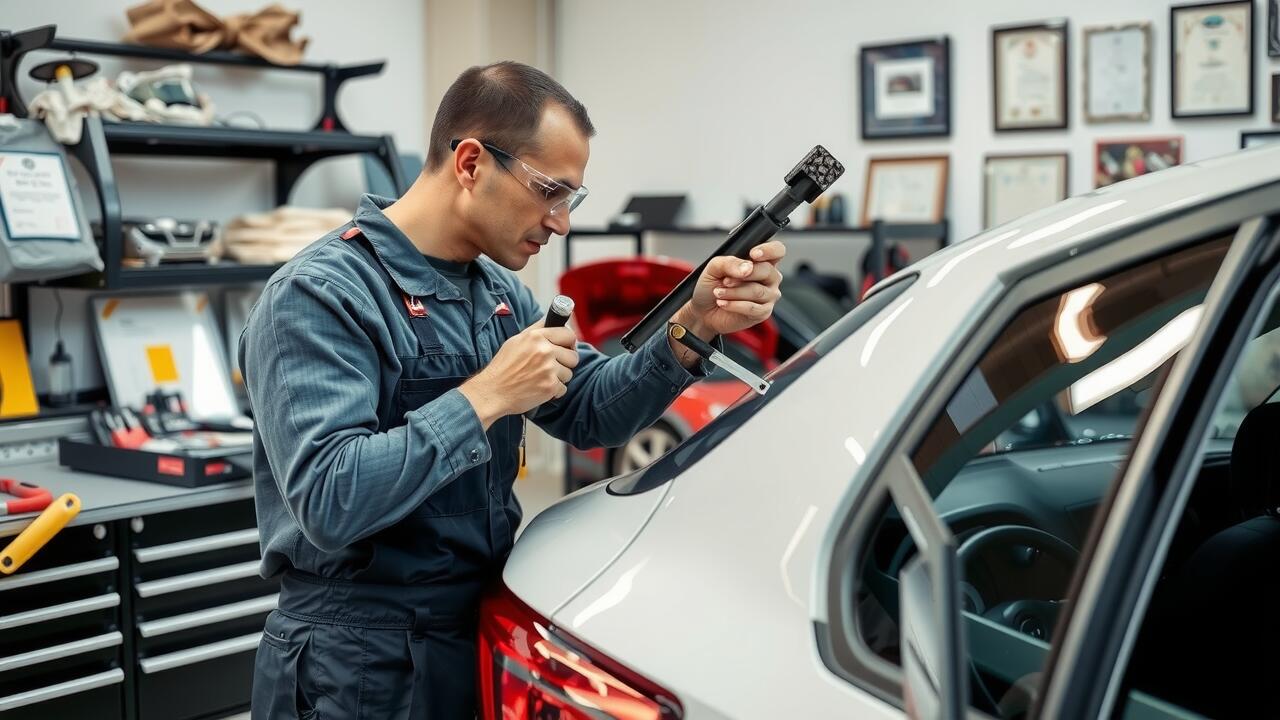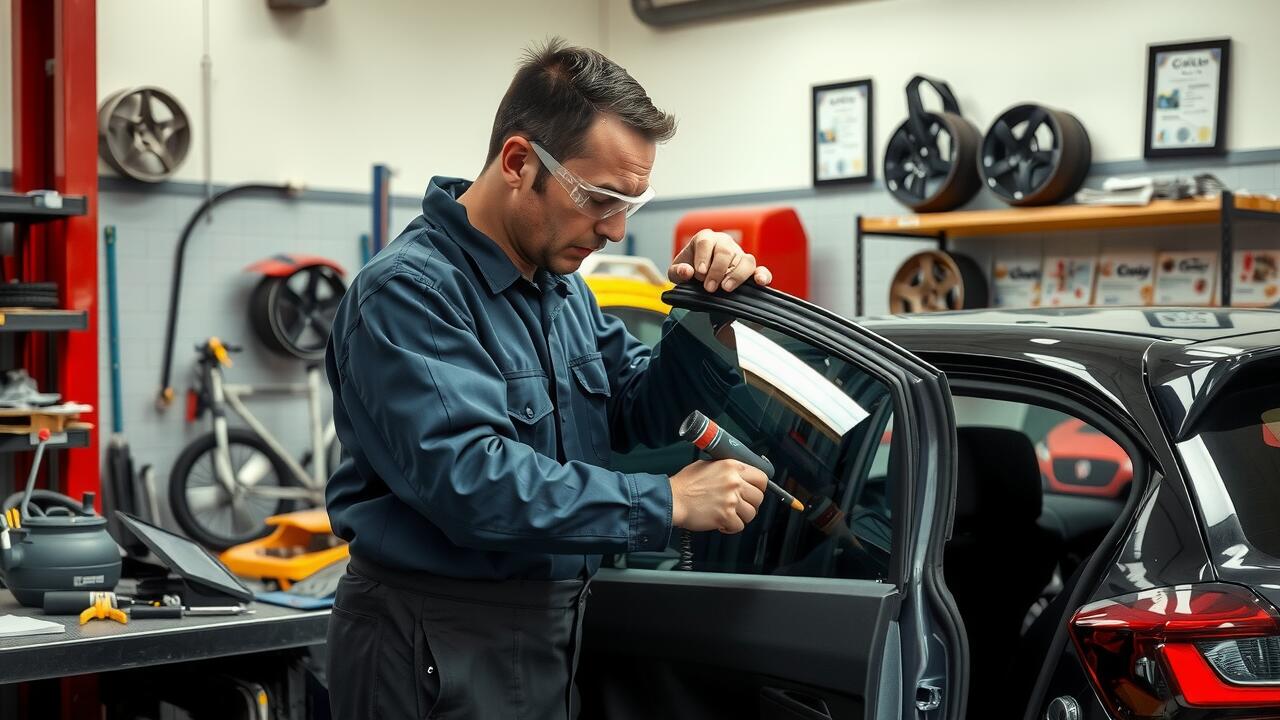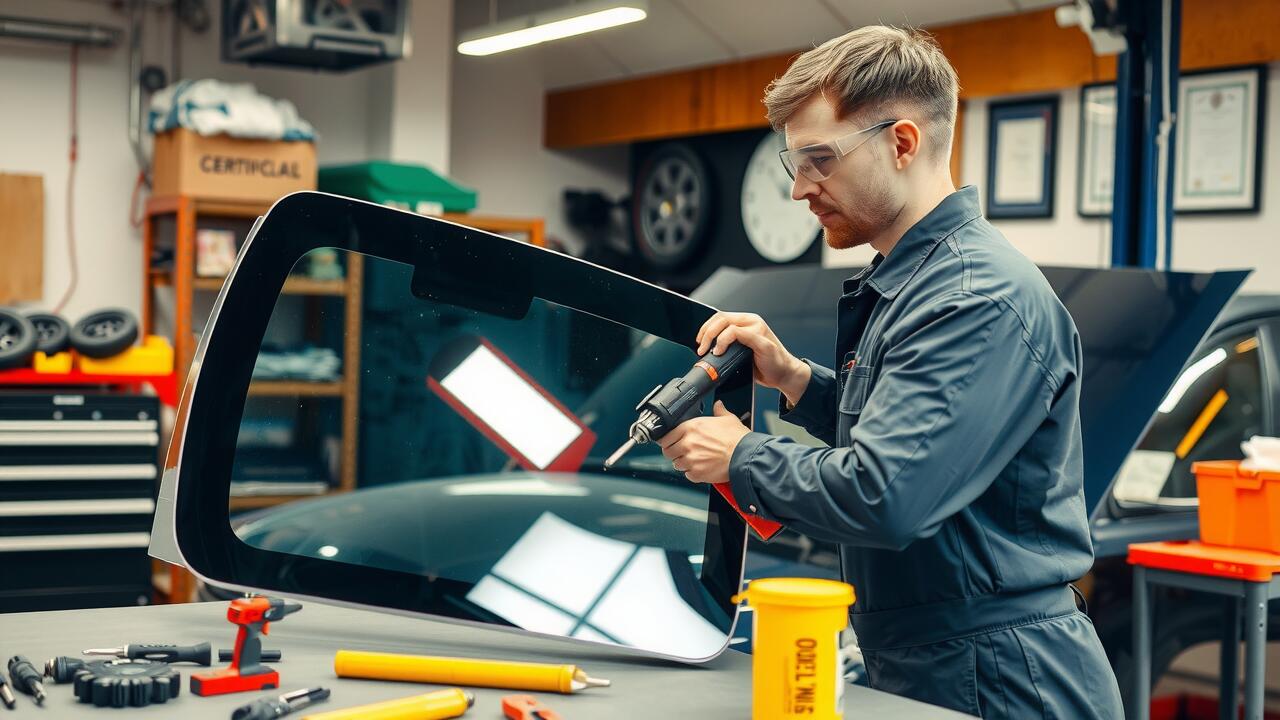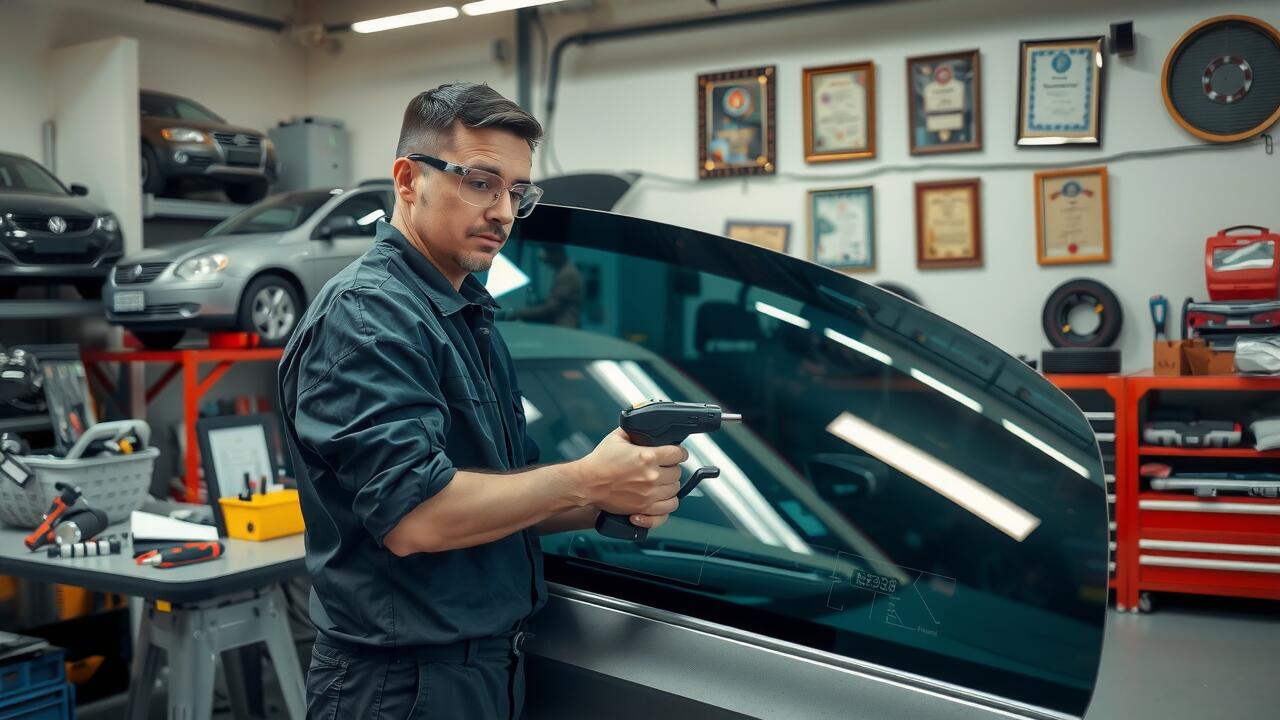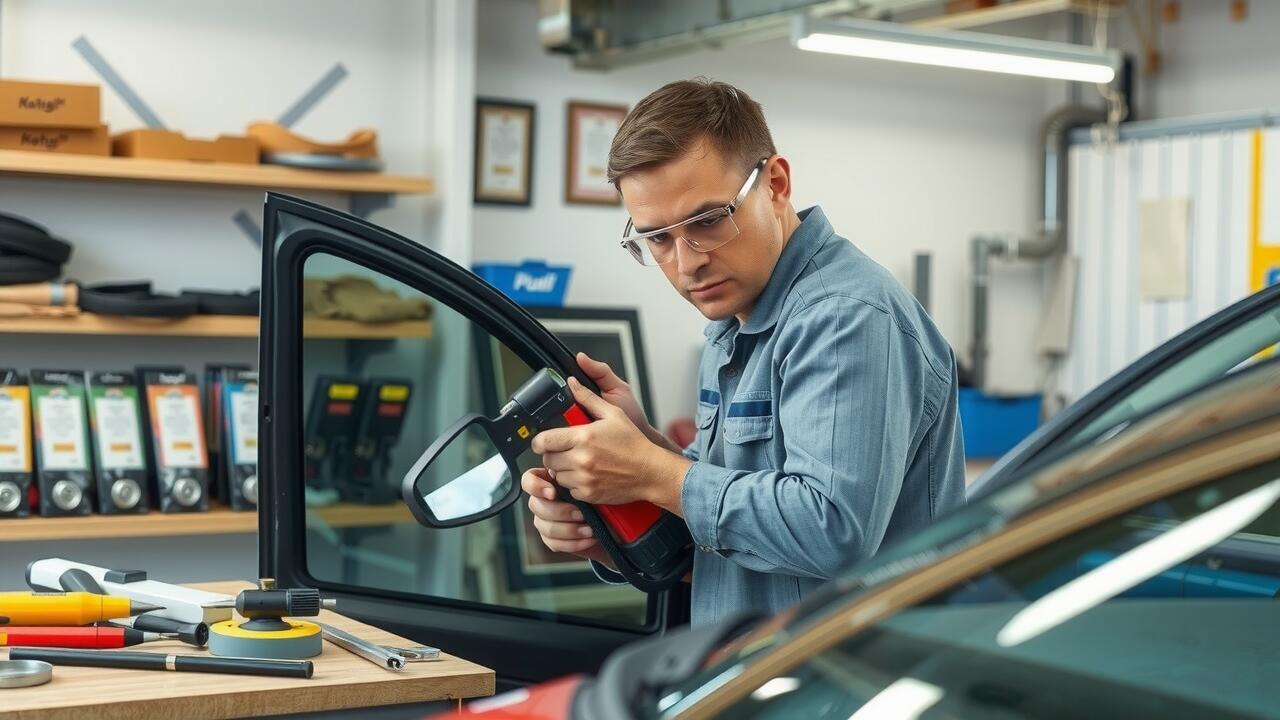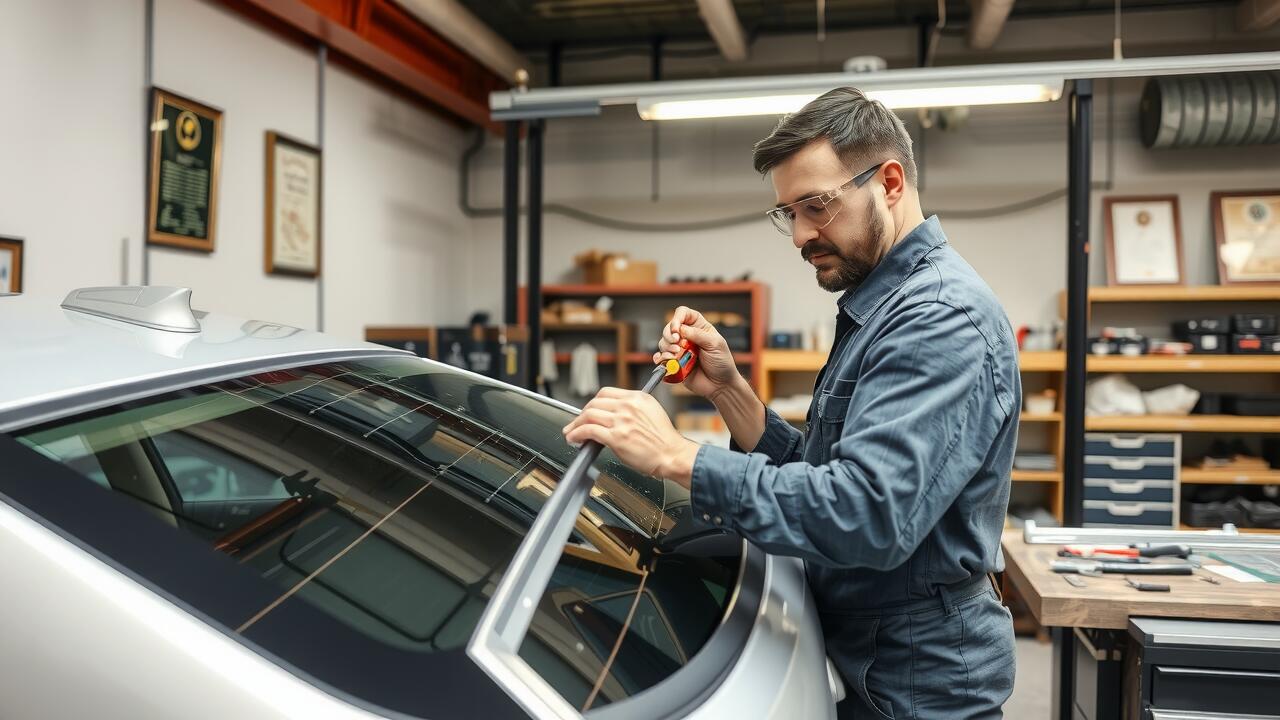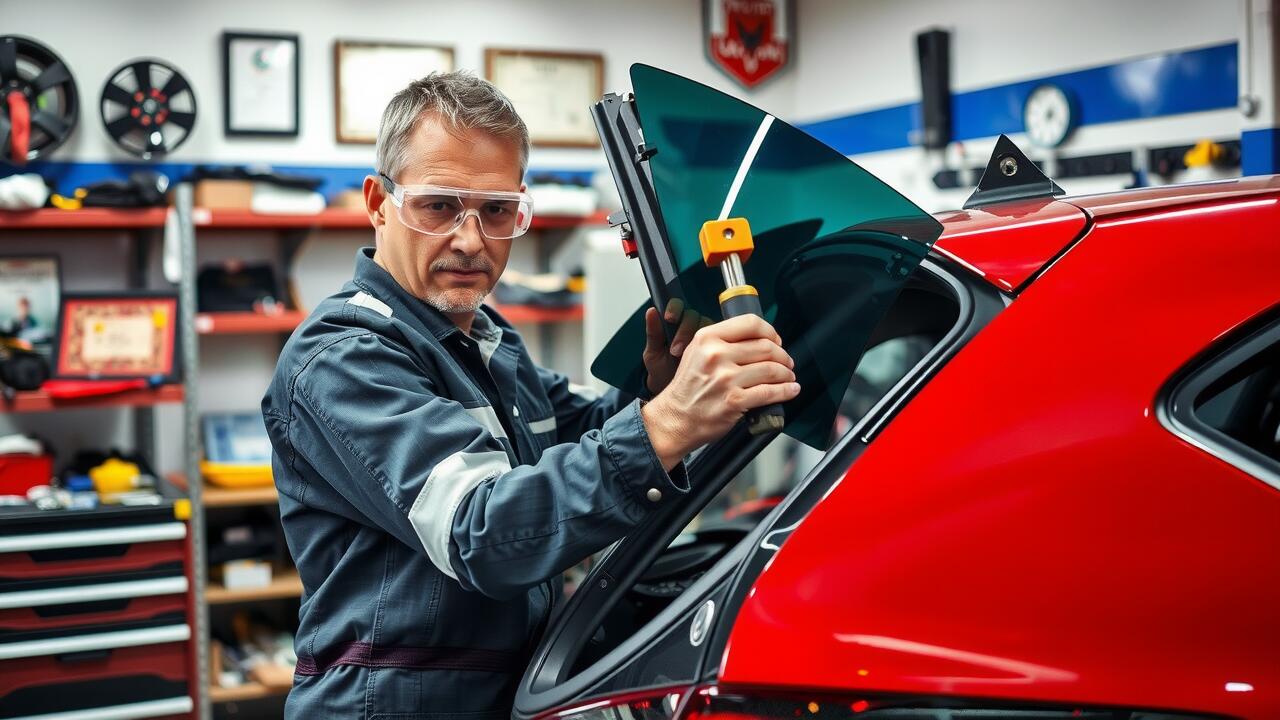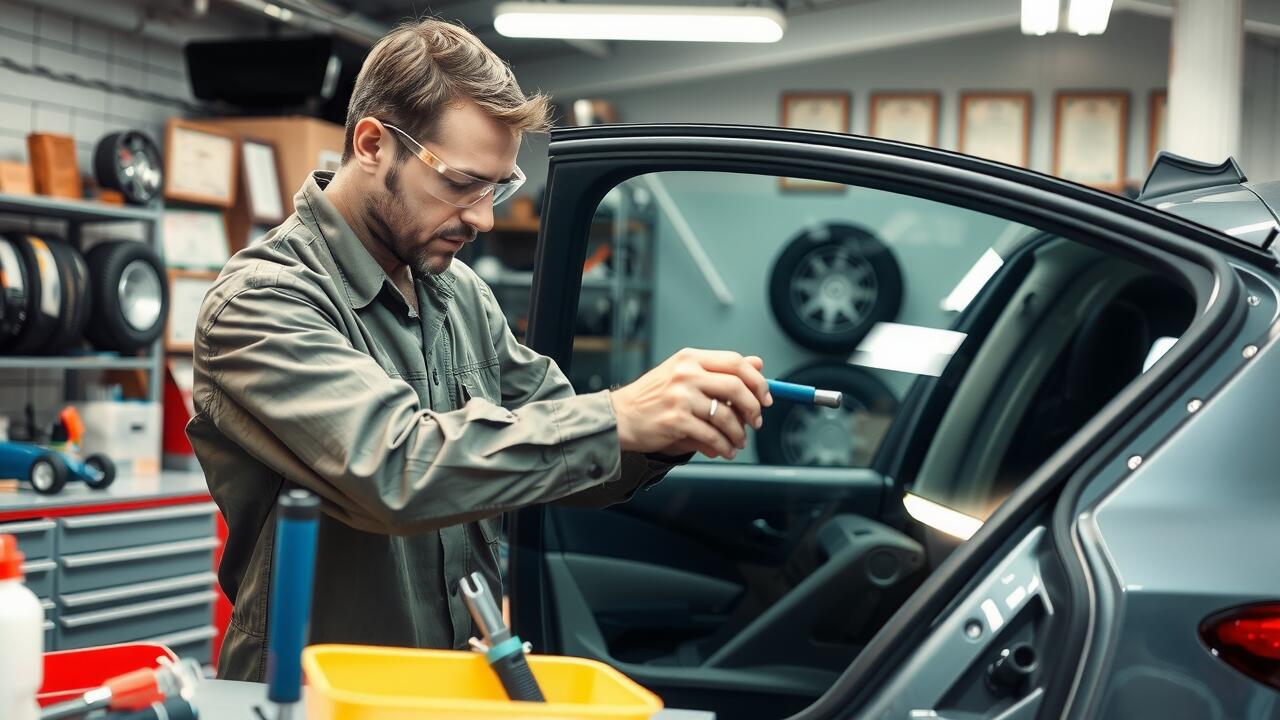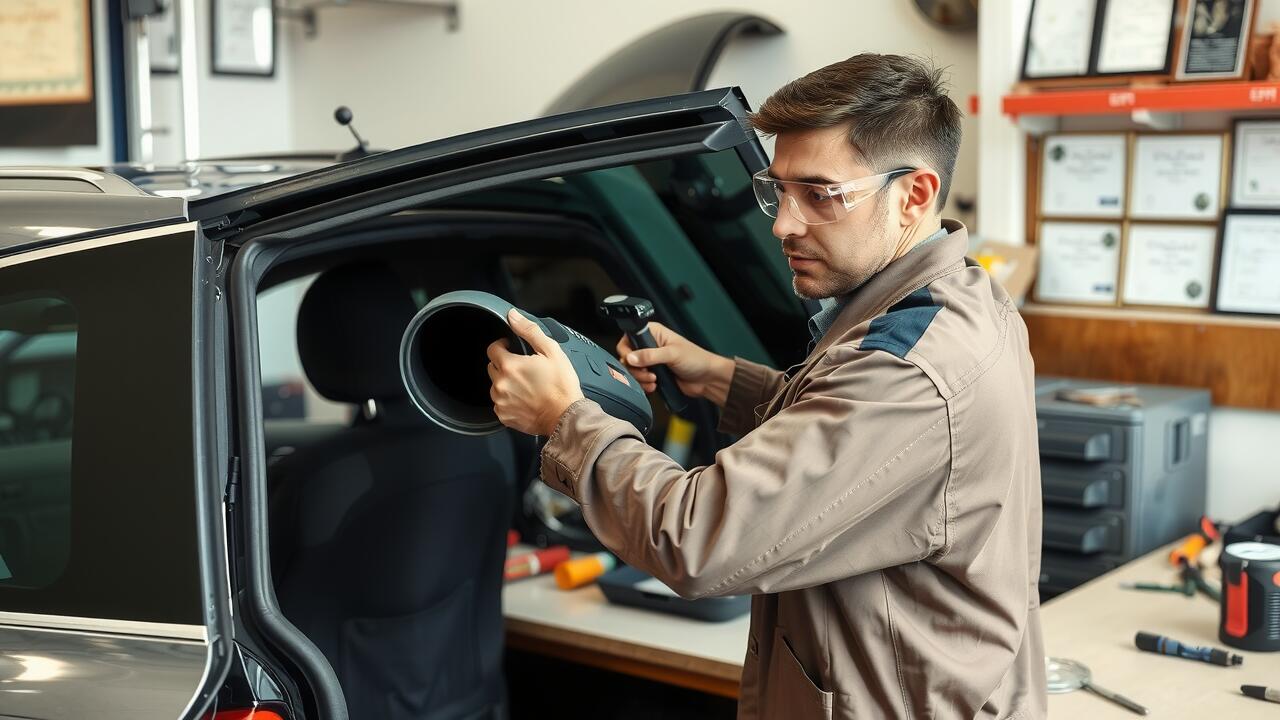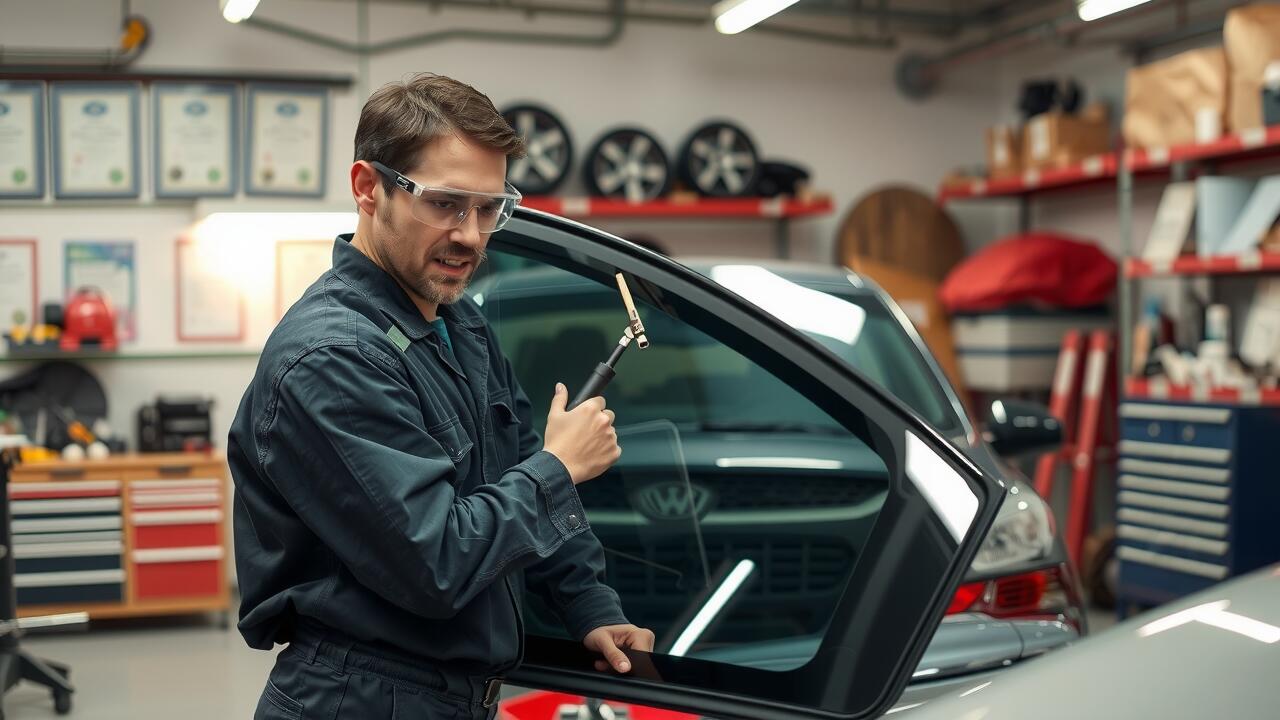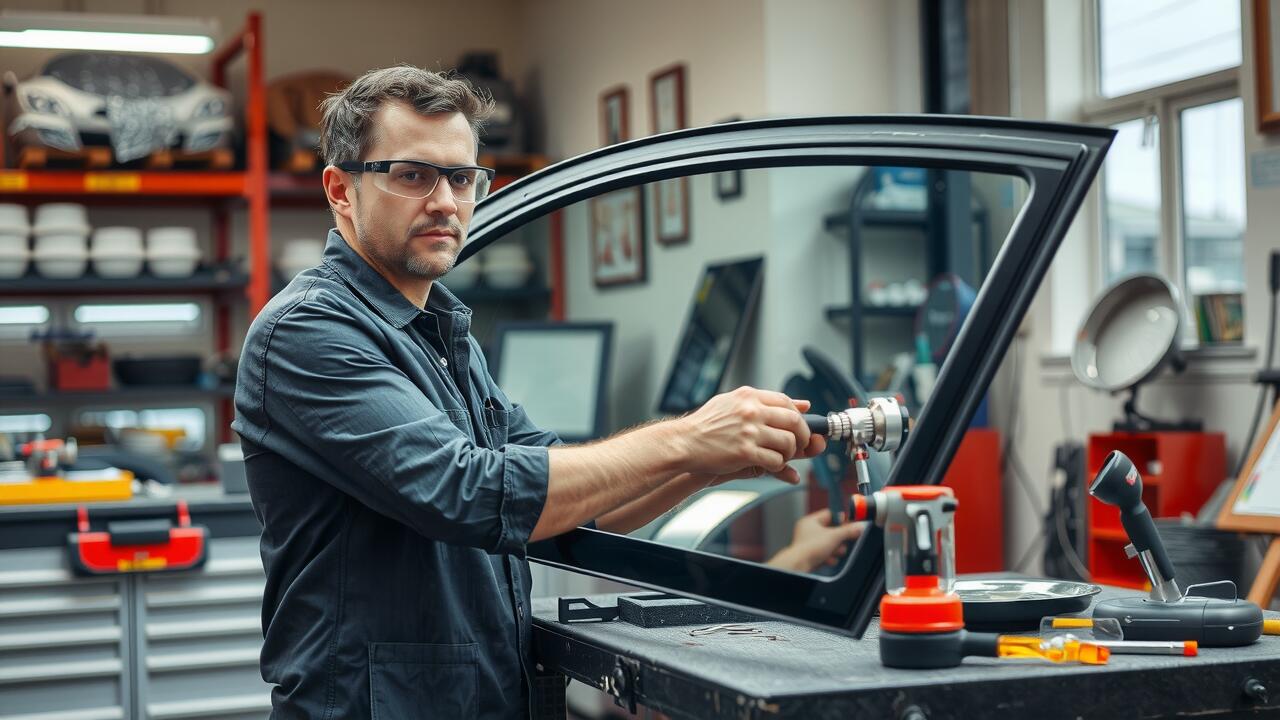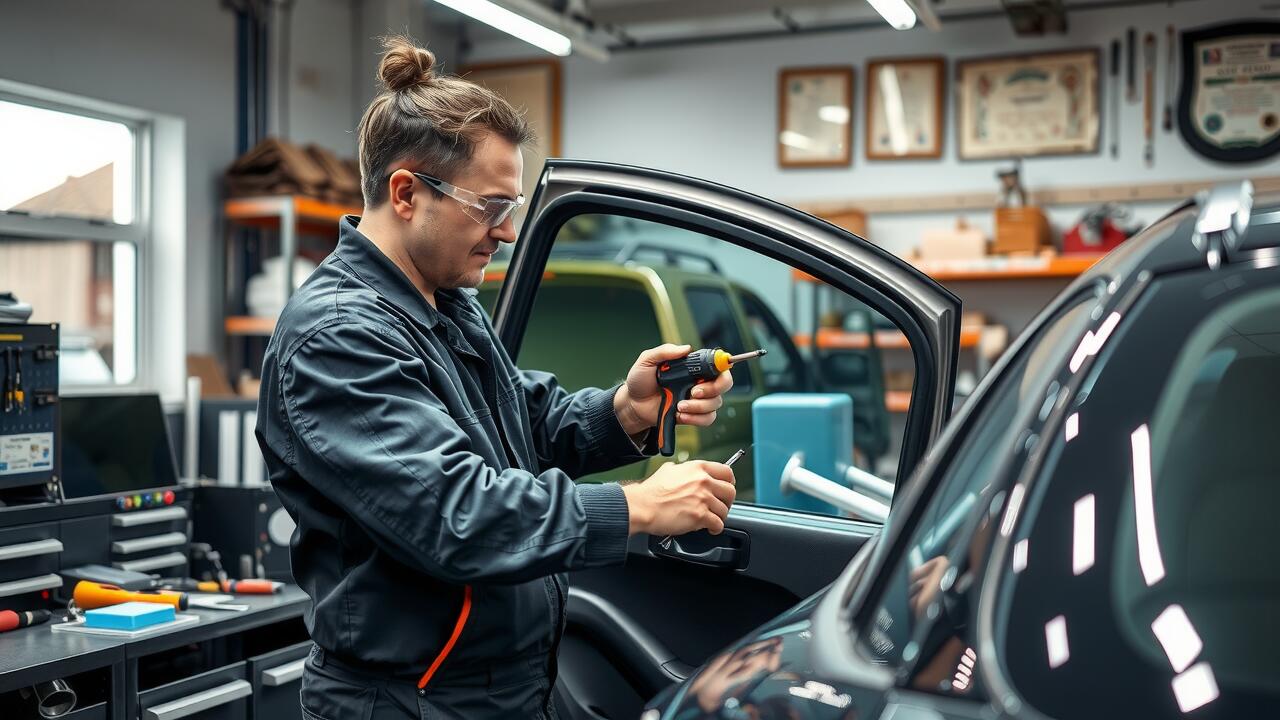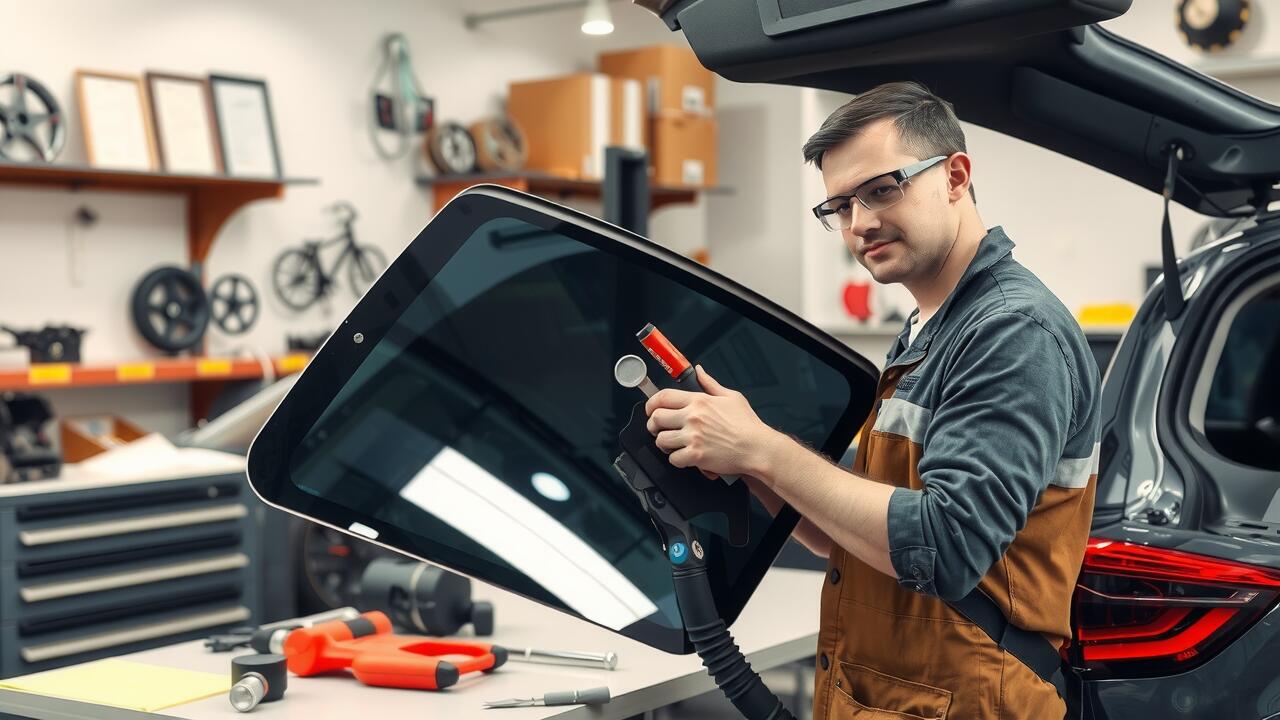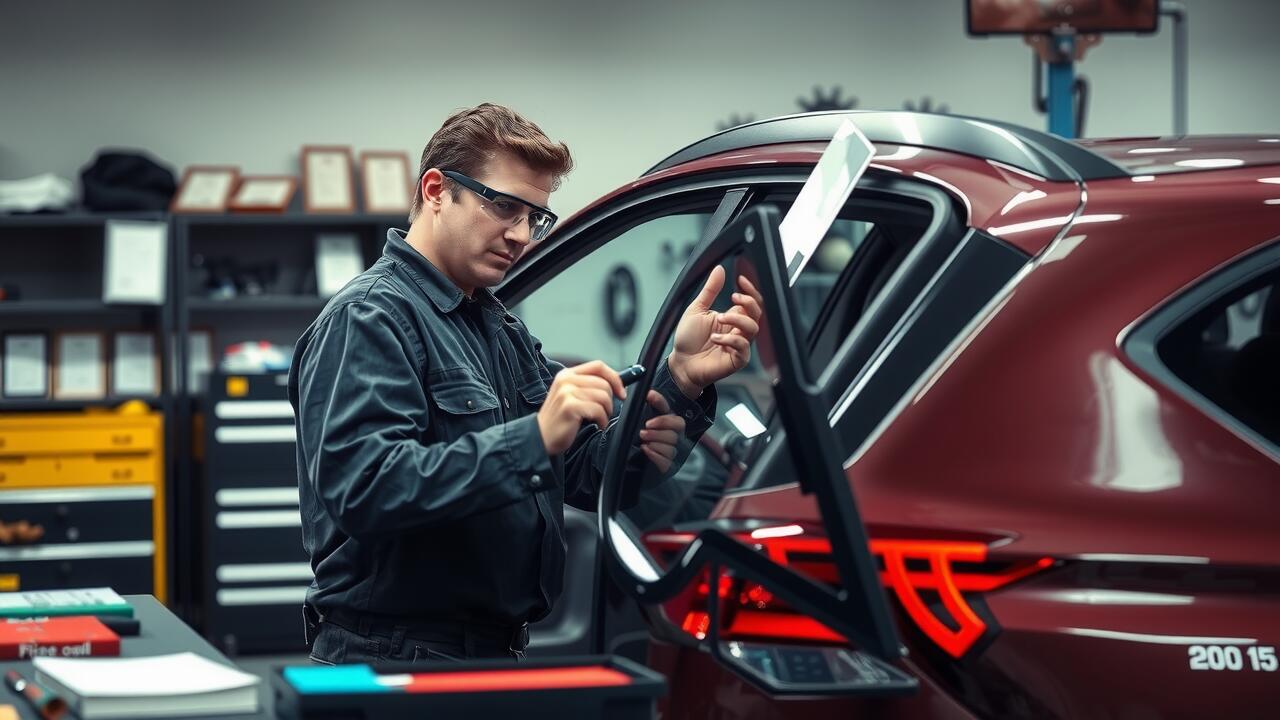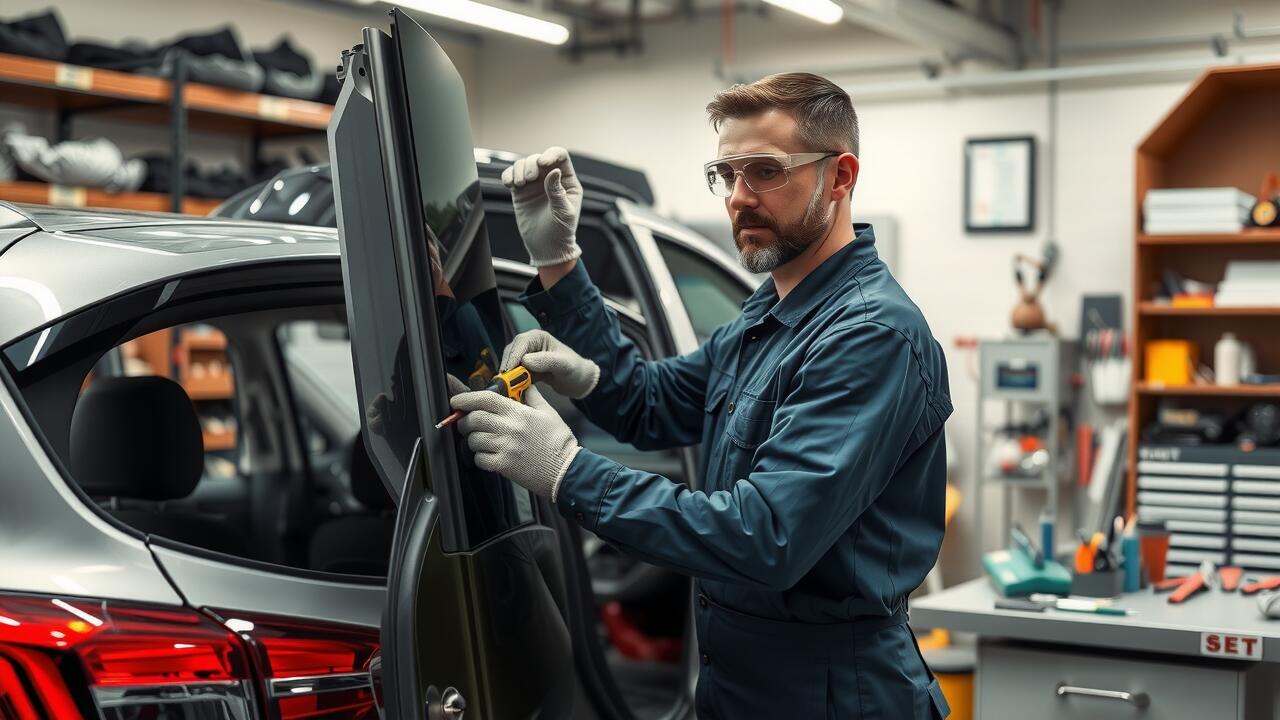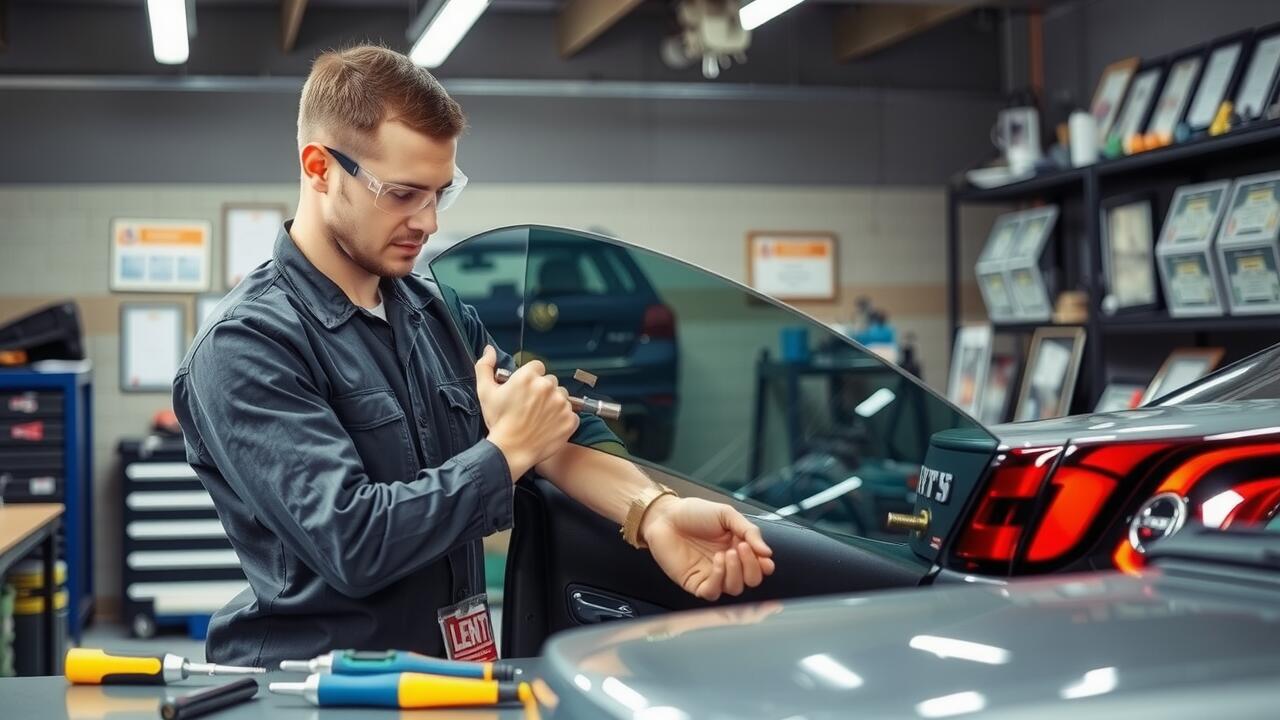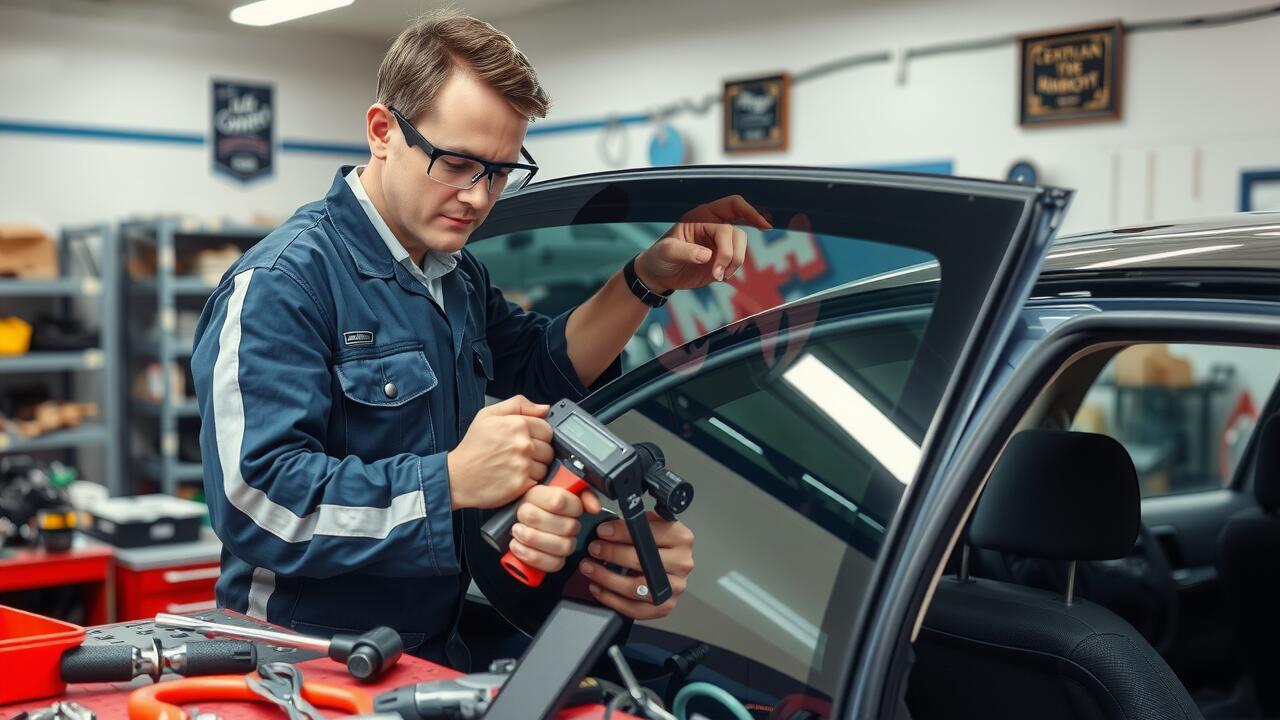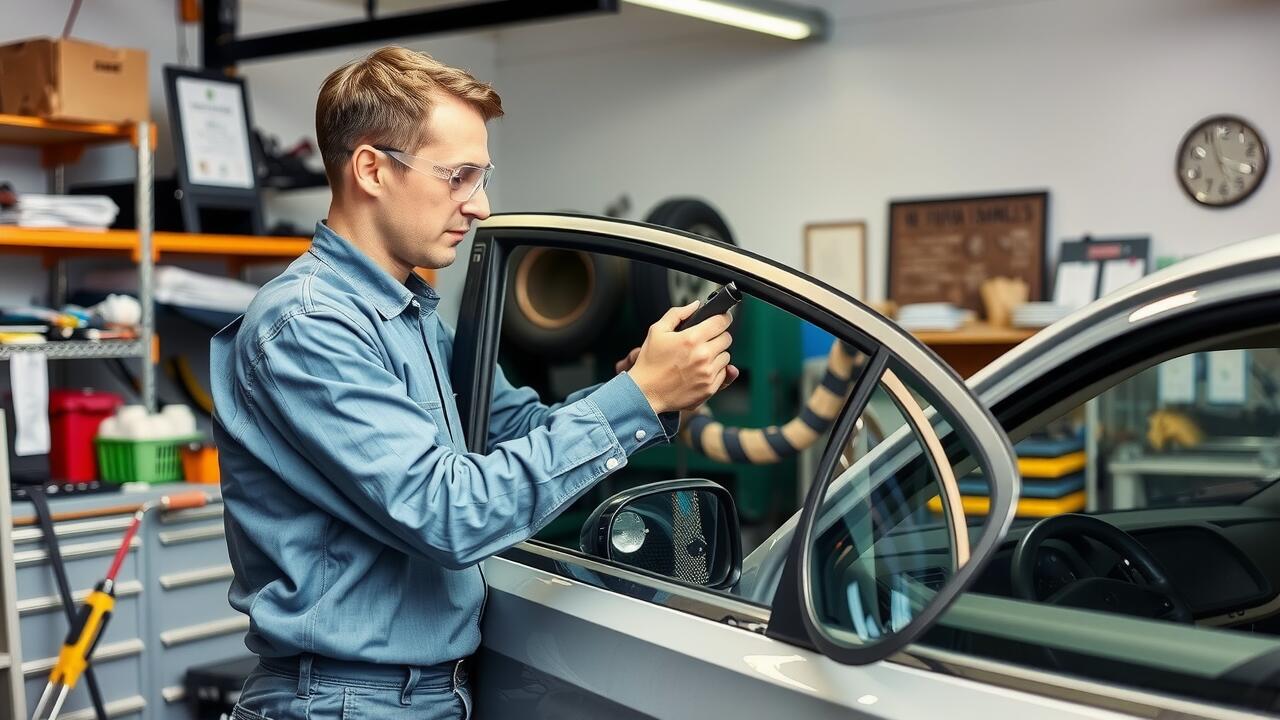
Table Of Contents
Types of Rear Window Tinting Films
When it comes to rear window tinting films, several types are available, each offering different levels of heat rejection and UV protection. Dyed films are popular for their aesthetic appeal and ability to reduce glare, making them ideal for those prioritising privacy and style. Metalized films, on the other hand, provide superior heat rejection and add a layer of shatter resistance, which can contribute to the durability of your windows. Ceramic films stand out due to their high performance without interfering with electronic signals, offering an advanced solution for tech-savvy drivers.
Choosing the right film is crucial, not only for enhancing your driving comfort but also for complementing your vehicle's appearance. Certain films can even assist in Rear Window Repairs, minimising the risk of damage during the tinting process. Many drivers opt for brands with a warranty to ensure longevity. Understanding the benefits and drawbacks of each film type will help in making an informed decision that aligns with your personal preferences and requirements.
Choosing the Right Film for Your Needs
Selecting the appropriate rear window tinting film involves considering several factors that cater to your specific requirements. Different films offer varying levels of UV protection, heat rejection, and glare reduction. For those primarily concerned about cooling their vehicle and enhancing comfort, a film with higher heat rejection capabilities may be ideal. Additionally, the aesthetic aspect also plays a significant role, as you may prefer a specific shade to complement your vehicle's design.
When contemplating rear window repairs, it’s essential to balance practicality with local regulations. Some films may not meet legal standards or could impact visibility, especially at night. It’s advisable to consult local guidelines to ensure compliance and avoid any complications down the line. You can also seek professional advice to find a film that meets both aesthetic desires and practical needs while remaining within the boundaries of the law.
The Installation Process Explained
The installation of rear window tinting is a meticulous process that requires attention to detail. First, the rear window is thoroughly cleaned to remove any dirt or residue that could affect the adhesion of the film. A precise measurement of the window is then taken to ensure a perfect fit. Once the film is cut to size, it is applied using a solution that permits adjustment before it cures. Ensuring proper alignment during application is crucial to achieve a professional finish.
Professional installation is often recommended for those unfamiliar with the process. Trained technicians can guarantee a bubble-free application and optimal adhesion, which enhances the longevity of the tint. Conversely, DIY installation can be tempting, especially for those looking to save on costs. However, poor installation can lead to issues such as peeling or bubbling, making rear window repairs more challenging in the long run. Professional services often include a warranty, providing further peace of mind for car owners.
Professional vs. DIY Tinting
When considering rear window tinting, the choice between professional installation and DIY methods plays a significant role in the final outcome. Professional services often ensure a level of precision and quality that can be difficult to replicate at home. Experts typically have access to high-grade materials and advanced tools. This can lead to a flawless application that adheres properly and maximises the benefits of the tint. Additionally, most professionals guarantee their work, offering peace of mind should any issues arise, such as bubbling or peeling.
On the other hand, DIY tinting can appeal to those who prefer a hands-on approach or are looking to save money. A home installation allows for flexibility in timing and costs. However, the risks include imperfections in application and potential legal issues if local regulations are not adhered to. Furthermore, if mistakes occur during attempts at DIY, it could necessitate rear window repairs, which might negate any savings initially gained from the DIY route. The decision ultimately hinges on personal preference, skill level, and the importance of a long-lasting finish.
Legal Considerations for Window Tinting
Window tinting laws in Australia vary significantly from state to state. Each region has specific regulations regarding the permissible levels of tint, particularly for rear windows. Understanding these legalities is crucial before proceeding with any modifications. Non-compliance can lead to fines or the need for costly rectifications, which is why it is advisable to research local laws thoroughly.
When having rear window repairs done, it's essential to ensure that the chosen tint adheres to these regulations. Some tints may not only provide aesthetic benefits but also enhance privacy and reduce heat. However, selecting a tint that meets legal requirements protects not only your investment but also contributes to safer driving conditions for you and others on the road.
Understanding Local Regulations
Regulations regarding window tinting vary significantly across different Australian states and territories. It's crucial for vehicle owners to familiarise themselves with local laws to ensure compliance. Each region has specific rules regarding the permissible level of tint darkness and reflectivity on rear windows. Failure to adhere to these regulations can result in fines or the need for rear window repairs, which can be an unnecessary expense.
Before proceeding with any tinting work, checking the guidelines set by the government or local transport authority will save time and money in the long run. Certified installers often possess knowledge of these regulations and can assist in ensuring that the chosen tint complies with the legal standards. Proper documentation may also be required for those who wish to have the tint inspected or approved after installation. This proactive approach can help avoid potential penalties and ensure a smoother vehicle experience.
FAQS
What are the different types of rear window tinting films available?
There are several types of rear window tinting films, including dyed, metalised, ceramic, and hybrid films. Each type offers varying levels of heat rejection, UV protection, and visibility.
How do I choose the right film for my needs?
To choose the right film, consider factors such as your budget, the level of UV protection you require, heat rejection capabilities, and the aesthetic look you desire. It's also helpful to consult with a professional to determine the best option for your vehicle.
What does the installation process for rear window tinting involve?
The installation process typically involves cleaning the window, measuring and cutting the film to size, applying the film to the glass, and ensuring it adheres properly without bubbles or creases. This process may vary depending on whether you choose a professional installation or a DIY approach.
Should I hire a professional or attempt DIY tinting?
While DIY tinting can save money, it requires skill and experience to achieve a professional finish. Hiring a professional ensures proper installation and may come with a warranty, making it a safer choice for those unfamiliar with the process.
Are there legal restrictions on window tinting in Australia?
Yes, there are legal restrictions on window tinting that vary by state and territory. It's essential to understand local regulations regarding the permissible level of tint on rear windows to avoid fines and ensure safety while driving.
